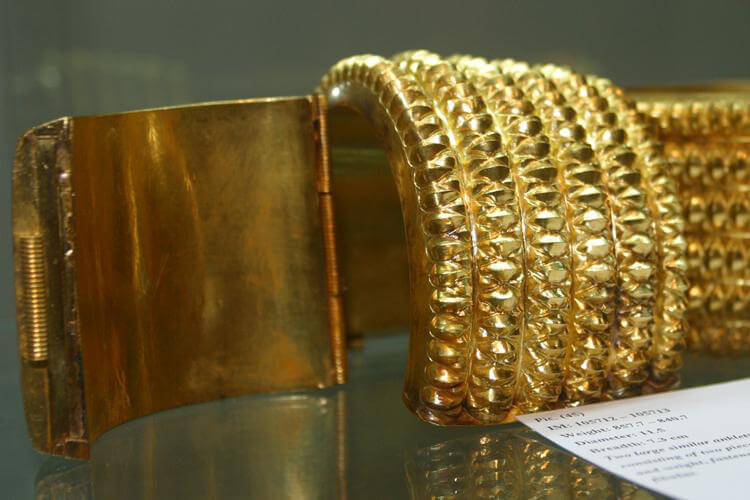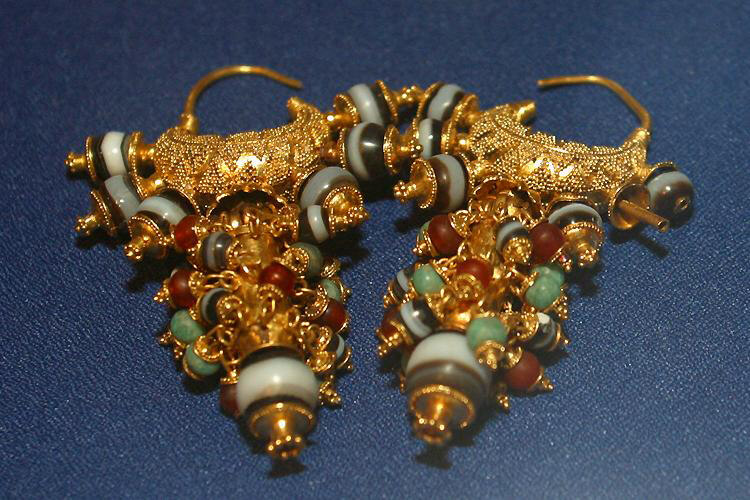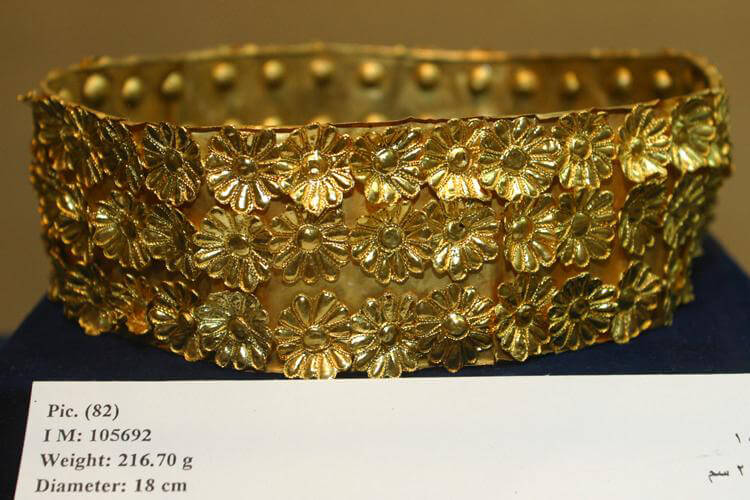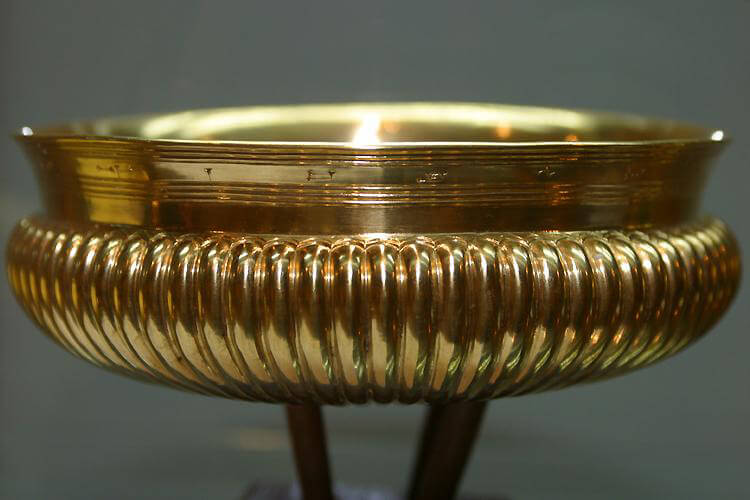National Museum Of Iraq
The Iraq museum was established in the year 1923 AD when it occupied a small space in Al-Qushla building (Al-Sarai Al-Qadeem). After several years, a large quantity of antiquities was collected as a result of excavations throughout Iraq and expanding the museum became essential. Accordingly, it was moved to a special building on Al-Maamoon street and called the Iraq museum. However, this museum also became filled to capacity and a decision was made to design a new building in a accordance with international museum standards for all Iraqi antiquities. This new museum was to be in the Al-Salhiya district.
This Iraq museum continues to occupy this building today. The inauguration of this building took place on the ninth of Novermber, 1966 AD. The area of the museum is 45,000 square meters, and the total area of the different buildings is 11,500 square meters, including the gardens and open areas that surround the main structure. The Iraq museum became the central site for presenting the artifacts of the ancient civilizations of Iraq to the specialists and researchers of our day, and to the general public, showing the accomplishments of the ancient peoples and demonstrating the precedents of later civilizations and culture.
In the installation, the chronology of civilization was taken into special consideration. In revealing the life of the ancient Mesopotamian population, it involved the most precious original material indications of a civilization that began, matured, and prospered in a part of the world which is known for the achievements of it’s people for over the past one hundred thousand years. What these Iraqis had achieved in the arts, sciences, industry and innovation would be the foundation for what was to become mature civilizations across the globe in the eras that followed.
This is why the Iraq museum ranks sixth among the museums of the world for it’s special place and collection that can be described as an open academic book. The museum exhibits the development of Iraqi civilization in a consecutive, uninterrupted manner that reflects the development of an ancient oriental civilization in it’s entirety. This chronology focused on the development of one civilization, that was to be consequently globally influential, may be the factor that most distinguishes the Iraq museum from the other great museums of the world.
Nimrod's Gold Treasure
The most extraordinary archaeological discovery of the last fifty years was made at Nimrud at the beginning of the 1990s, during excavation and restoration by the State Board of Antiquities that had begun in 1988 under M. S. Damerji.
The restoration plan included the cleaning of some rooms in the residential quarters of the palace of Ashurnasirpal II (the Northwest Palace). When Mallowan had worked there, his foreman, S. M. Mahmud Hussein, noted how some of the tiles belonging to the pavement of room MM looked irregular, almost as though they had been put there later to replace the original tiles, and had them removed to verify whether his hypothesis was correct.
A vaulted hypogaean chamber was revealed underneath the pavement. Access to it was through an antechamber with steep staircase and contained two sarcophagi that held female remains and a variety of precious grave goods, including gold fibulae and anklets (hypogaeum I). This exceptional discovery spurred the Iraqi archaeologists to seek further anomalies in the pavements of the palace complex, which led them to remove the pavement of room 49.
There they found another hypogaean tomb. It consisted of a chamber and vaulted antechamber and was accessible by means of a staircase on axis with the main room (hypogaeum II). Conspicuous within it was a sarcophagus containing the remains of at least two females and a stone slab bearing an inscription that identified the burial as that of Queen Yabaya, consort of King Tiglat-peleser III (745–727 BC).
The sarcophagus was surrounded by one of the richest sets of grave goods ever seen, with crowns, diadems, earrings, necklaces, bracelets, and rings of gold and precious stones. More than 150 precious objects were inventoried: in addition to vessels made of rock crystal, there were traces of the deceased women’s linen clothing embroidered with gold as well as objects bearing inscriptions of other Assyrian queens, such as Banitu, consort of Shalmaneser V (727–722 BC), and Atalya, wife of Sargon II (722–705 BC).
































